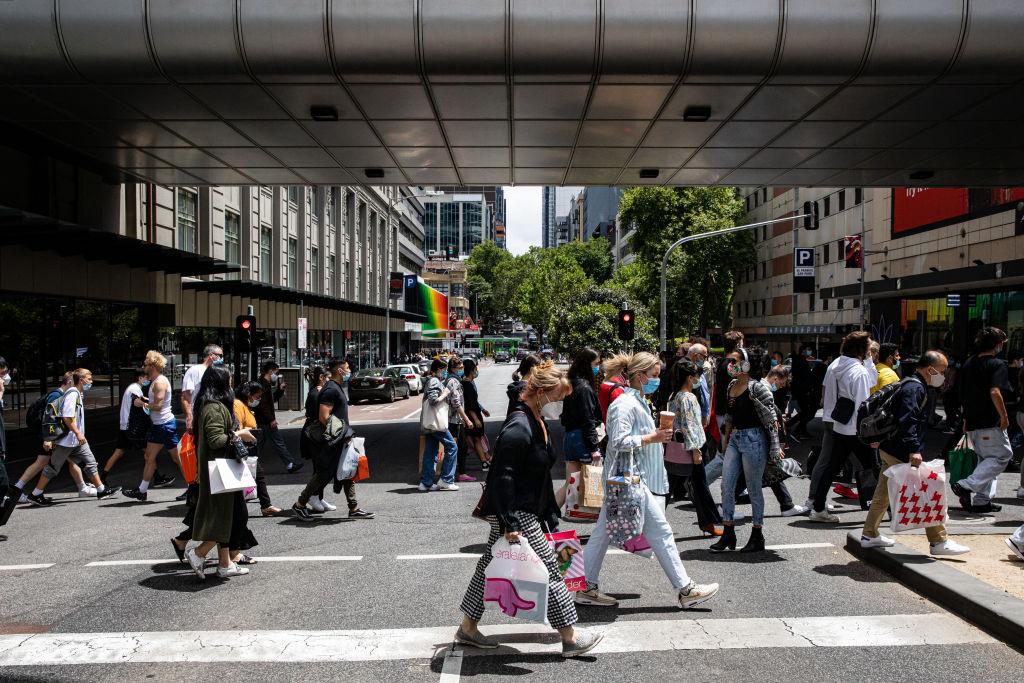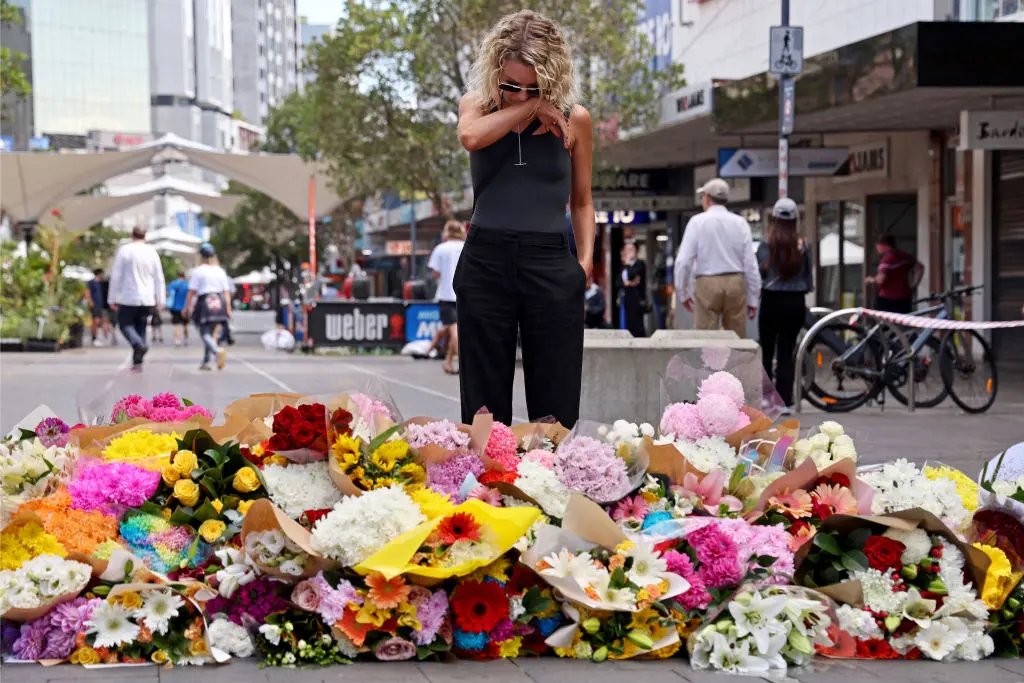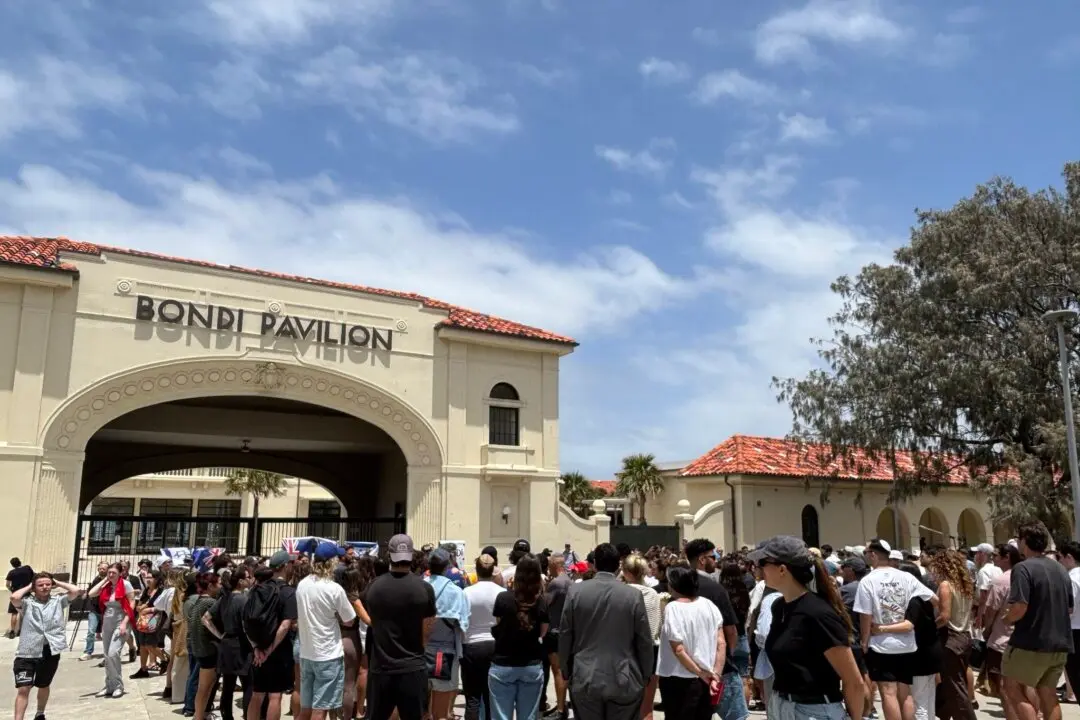Shoppers are expected to make the most of the Boxing Day sales this year as rising living expenses continue to weigh on household budgets.
Australian Retailers Association (ARA) and Roy Morgan analysis anticipates an almost eight percent rise in post-Christmas spending compared to this time last year.





